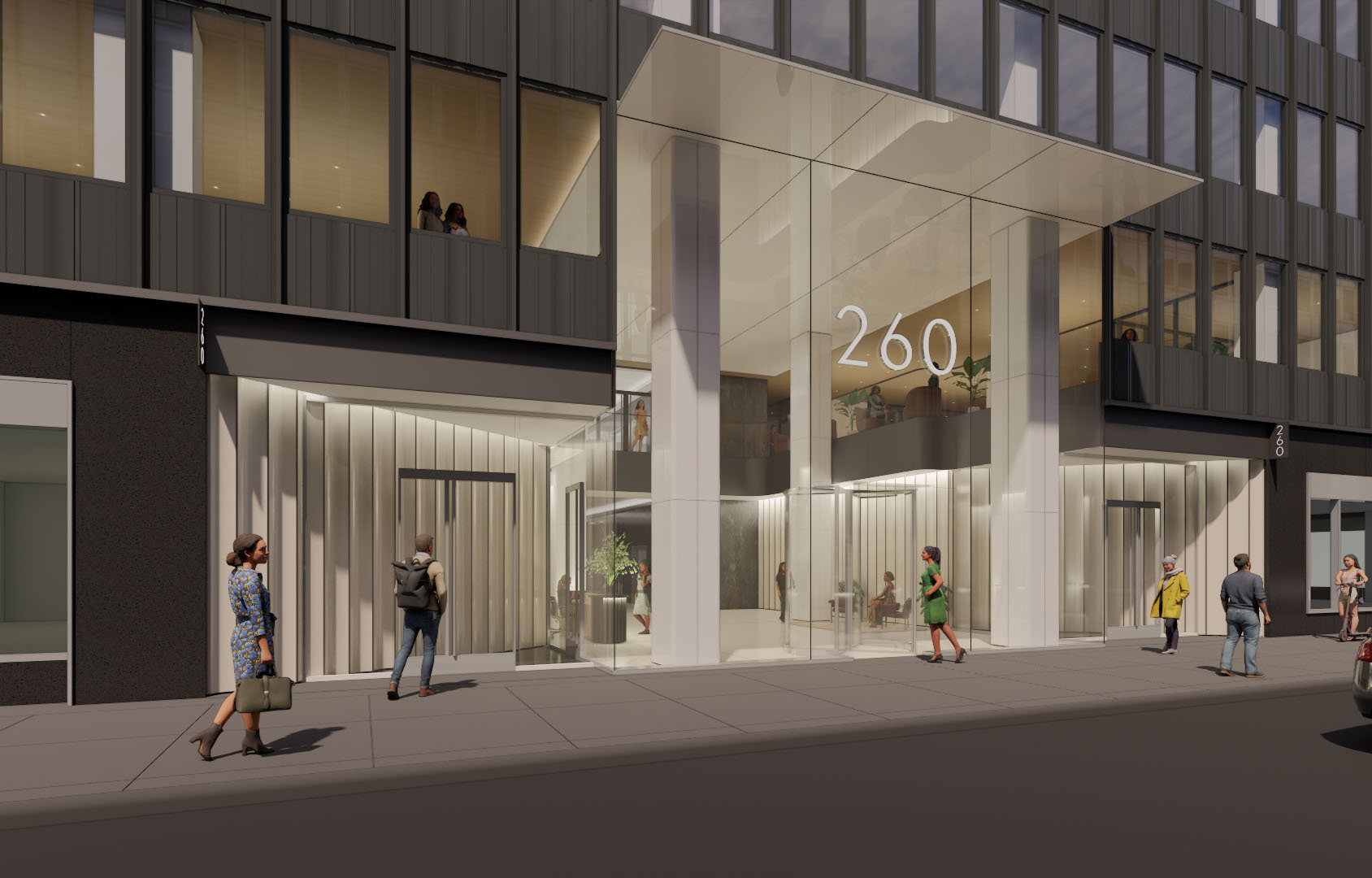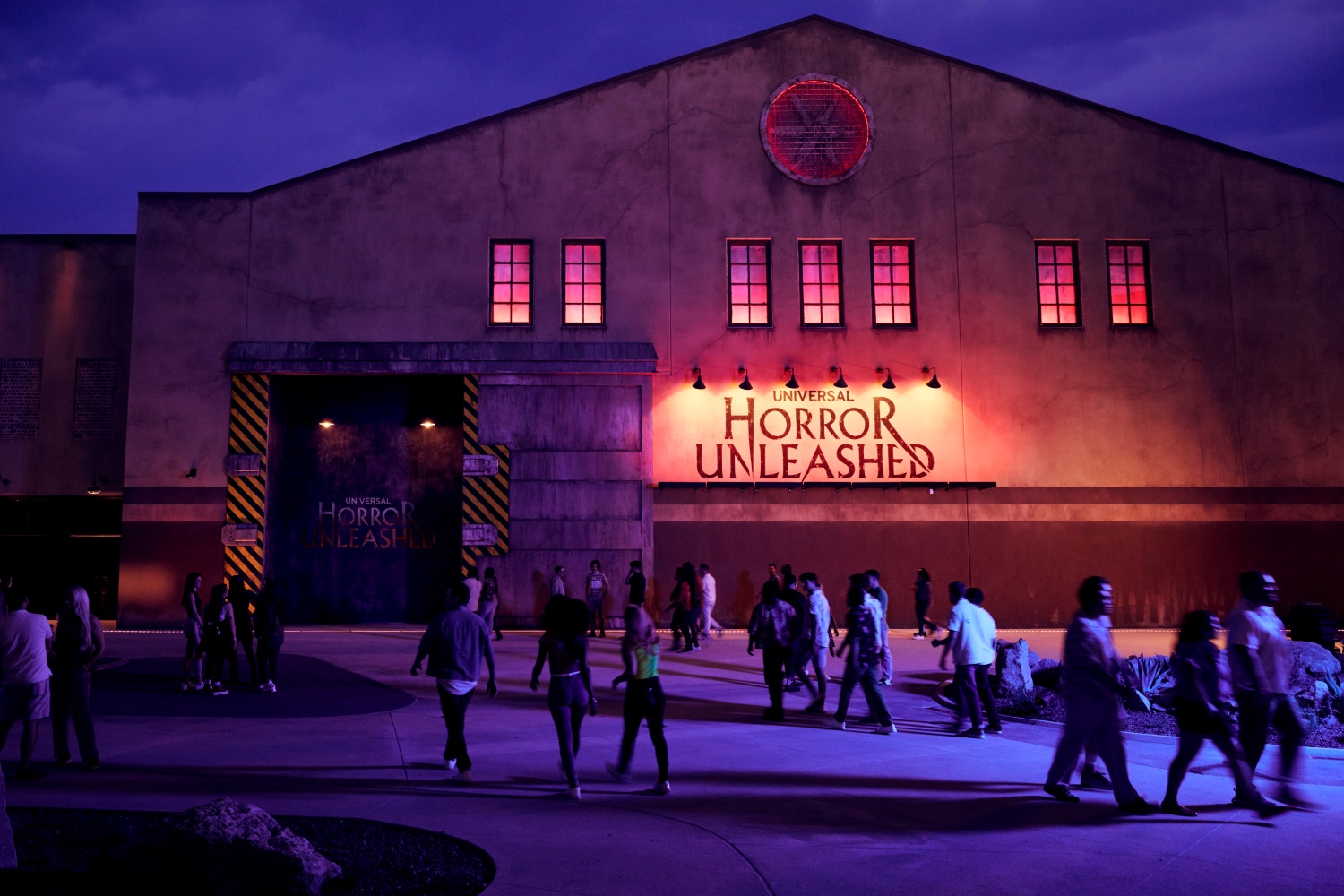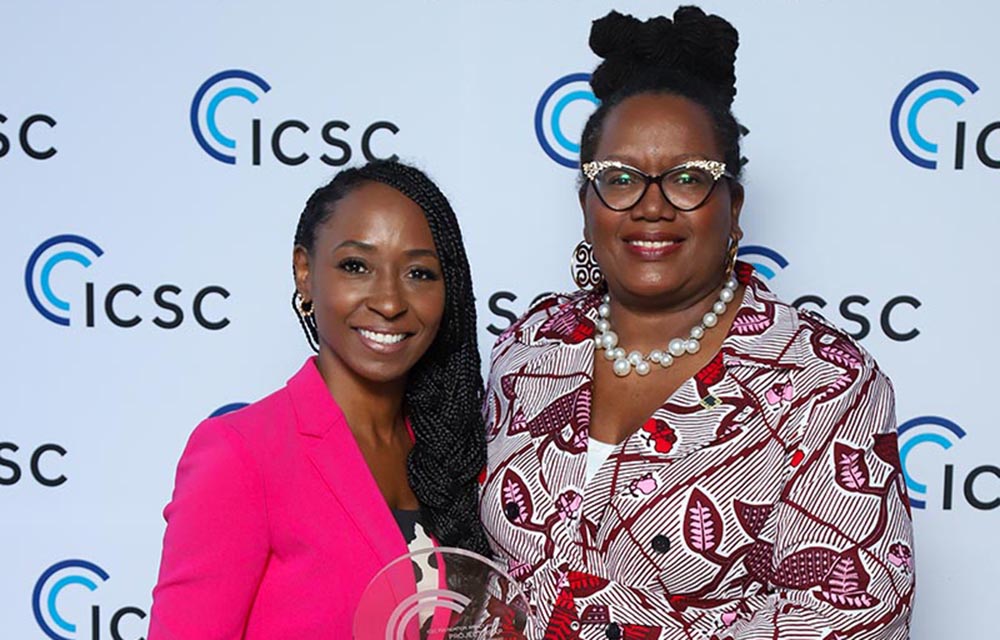Avoiding a second construction shutdown - by Alex Elkin
With winter fully here and COVID-19 cases continuing to rise, many are concerned that New York State could impose another broad-based shutdown. As it is, restaurants continue to struggle and office buildings are sparsely occupied with most corporate businesses continuing remote-working policies despite the ability to bring back large portions of staff. So, what does the rest of the winter hold for New York City’s construction industry, which experienced a debilitating shut down this past spring? Despite continued uncertainty, there is good news. In addition to the multiple new vaccines moving toward distribution, the industry has learned a great deal about operating safely in the COVID environment, raising the prospect that, even if the shutdown broadens, construction can continue.
At the outset of the first shutdown, construction-related work was designated essential, enabling projects to advance while many other businesses halted. Shortly thereafter, however, the mandate was reversed as state officials concluded that construction sites presented working conditions that could promote transmission of the virus. The impact was dramatic. Construction starts declined by 25%, dropping from $33.2 billion in 2019 to less than $24.9 billion in 2020.
Winter is always a difficult season for the construction industry in the northeast, but the shutdown created a host of new complications. In addition to lost and delayed fees, contractors and subcontractors missed contractual deadlines and progress milestones, prompting painful financial penalties. The shutdown also undermined the construction workforce, forcing workers to seek other employment and unravelling long-standing construction teams. More than 38,000 construction jobs were lost statewide in the 12 months running through September, and nearly 20,000 of those jobs were in New York City, due to declines in demand for nonresidential construction.
When construction restarted this past summer, contractors and subcontractors implemented a broad range of safety measures to protect the health of workers. Social distancing requirements, reduced staffing, handwashing stations and safety protocols were successfully implemented. While these initiatives slowed the pace of projects, they allowed progress to continue. All of these protocols remain in place as we move through cold-weather challenges. Fewer people are allowed at heating stations to maintain compliance with social distancing laws, and hand-washing stations are more difficult to use and maintain in freezing temperatures. But managing these issues is better than shutting sites down. The construction industry is one of the city’s largest employers and it has successfully implemented safety measures despite challenges—this should stand as a reason for elected officials to minimize the current economic damage by avoiding another shutdown. The industry has worked hard to demonstrate that the preventive measures it has implemented have effectively controlled the spread of the virus. As soon as vaccines are largely available, contractors and developers will work within appropriate parameters to encourage that all personnel are vaccinated.
Small and midsized subcontractors and contractors are most vulnerable in this crisis. They are taking a very flexible approach, reducing costs to maintain momentum through the current crisis so that they can return to profitability next year. Affordable housing projects also have experienced an especially turbulent time, struggling with delays and low-income housing tax credits that have a very strict delivery timeline and financial penalties. On average, affordable projects across NYC are seeing two- to four-month delays due to pauses in the supply chain last winter and spring, along with a decreased workforce. Penalties for these delays result in hundreds of thousands, and sometimes millions, of dollars.
New York City’s real estate industry, and the construction sector in particular, has endured enormous stress over the past 10 months, and it seems that this will continue and possibly increase before we come out the other side. But the industry showed remarkable resilience throughout this period, responding admirably to the crisis by adopting the necessary measures to address the health threat. We are all now beginning to see a light at the end of the tunnel. There is a strong chance that construction will continue even if New York City, experiencing worsening spread of the virus, implements partial or broad shutdowns in the next several months. As we move into the spring and summer of 2021 we can begin to put this period behind us and fully re-engage with the process of building New York City.
Alex Elkin is the principal of Eastbound Construction, New York, N.Y.
AmTrustRE completes $211m acquisition of 260 Madison Ave.


Strategic pause - by Shallini Mehra and Chirag Doshi

Behind the post: Why reels, stories, and shorts work for CRE (and how to use them) - by Kimberly Zar Bloorian

Lasting effects of eminent domain on commercial development - by Sebastian Jablonski









.jpg)

.gif)